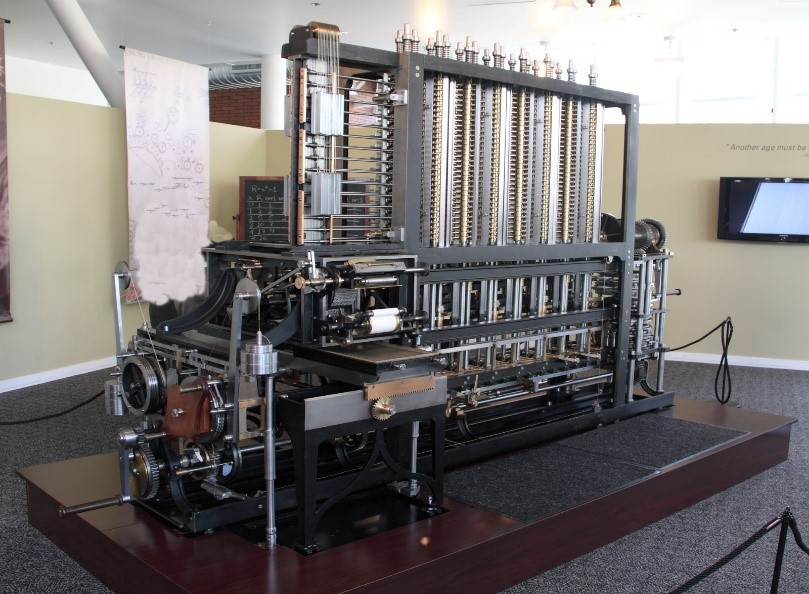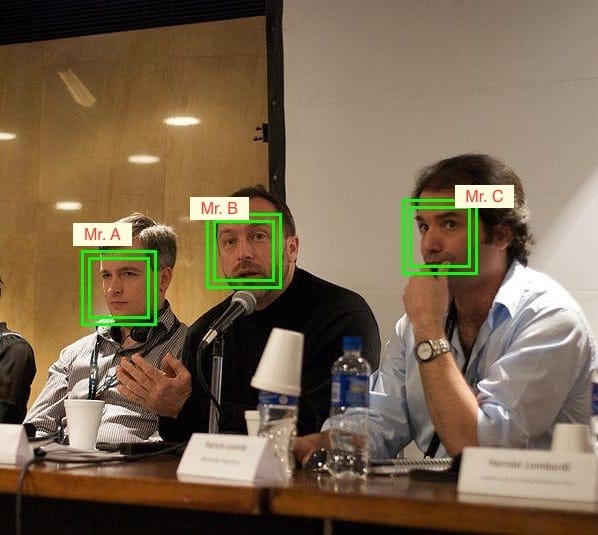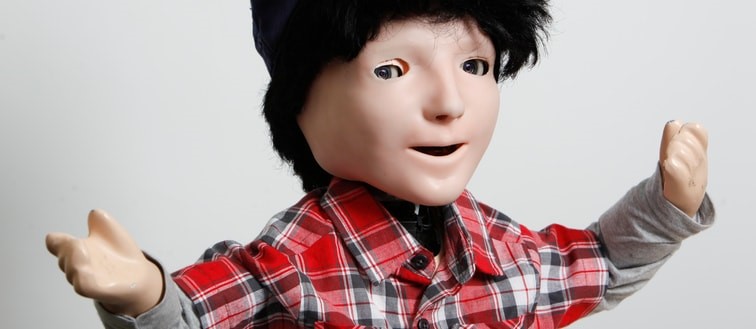Artificial Intelligence Impact On Education
The tremendous technology developments which are daily announced, are transforming individuals into really complex natures. Computers which appear to think and self-driving cars are supposed to improve people’s life and make the world a better place to live in. From this standpoint, there is nothing to be afraid of, but not all parts of our society have “wine and dine” the development of Artificial Intelligence.
In this article is presented the approach of sector with a great importance toward development of AI. We will try to deliver to our readers some major point of AI influence over education sector. There will be an outline over this idea from qualitative point of view, in order to specify the impact and the challenges that AI will produce with aim to improve the education system.
Will there exist anymore the need to have teachers and physical classrooms? Will the whole educational system be converted into machines and robots which will teach us how to make new robots? The answers of these questions you will find extended in this article with arguments and examples based on the AI application. But before worrying about AI “evil intelligence”, let us first land into AI planet by tracing back to the first roots of AI.
First AI machine.
The first impact of AI was concluded in the really early days where Apple mac’s and smartphones did not even showed up in the people dreams.
Moreover, the first computer machine was designed by a mathematician called Charles Babbage who at that time was contemplated as the “prophet of the modern computer”.
To continue, it was the time when American engineers were working in sustainable way with aim to develop electronic machines which were able to compute. Exactly in this time of the early 1930 Babbage designed two different types of devices which were capable of computing. The first one was an automatic mechanical calculator, his difference engine, which could automatically compute and print mathematical tables.

And the second one was a programmable mechanical calculator, his analytical engine.Charles Babbage’s “difference engine” built with financial support from the British government, was able to calculate the values of certain polynomials. Babbage later conceived an “analytic engine”, a general computing machine. Although never completed, its design anticipated many features of first-generation computers.

1943 Warren S. McCulloch and Walter Pitts publish “A Logical Calculus of the Ideas Immanent in Nervous Activity” in the Bulletin of Mathematical Biophysics. This influential paper, in which they discussed networks of idealized and simplified artificial “neurons” and how they might perform simple logical functions, became the inspiration for computer-based “neural networks” (and later “deep learning”) and their popular description as “mimicking the brain.”
Regarding to its non-young age, Artificial Intelligence has a huge impact in growth and also in productivity of a variety of our daily life sectors like finance, communication, transportation etc. However, of a considerable importance is the impact of artificial intelligence in education.
AI Impact on Education.
The impact of Artificial Intelligence in education is expected to be in really enormous dimensions. This is better explained by society attempts to create a definition term related to this phenomenon. AIED is the abbreviation used to refer to AI impact and challenges in education sector. A research area that began at the same time as earliest AI research. Drive by a strong desire to detect improvement in the education system, AI become a strong emphasis and certainly an excellent link to achieve the ancient goals and dreams related education.
Moreover, the future of education system is essentially associated and depended by progress and evolution of new technologies. Computing scope of brainy systems in this field are estimated to lead in new possibilities related to teaching and also upgrade the way student learn especially in higher education.
The bundle of digital “big things” had been thrown unexpectedly in education system over the last years. Google classrooms, facial recognition systems, individualized contents, are integrated frequently in the education environment. Even though the latest, artificial intelligence education tech signified by AIED, is predicted to bring education at some new stages and time will present what impact it definitively has.
“Smart eyes”.
Besides all the preaching over the pros and cons of Artificial intelligence, there are some “heavy” benefits this field will provide to education system. One of them is image recognition. By using machine learning, systems are able to analyze student behavior during a course class. Facial recognition systems are able to define human emotions and analyze student reaction during lectures. These systems are capable of sharing data with teachers in real-time. The technology behind this helpful analyze is called “smart-eyes”. The cameras integrated in the system are able of capturing student images and transform their emotions into data which are really helpful to improve systems gaps. In this way a teacher can find out if students are listening, understanding, slipping, or are totally confused and missing the whole idea of the course.
Attendance checker.
Facial recognition is also used as an automated attendance checker. There is no need to do the roll-call anymore. An automated process will take care of this inefficient task and will save your time too. The attendance checker algorithm was proposed Tokyo Techies student. These students were not the first ones that developed a smart app using facial recognition. Apps like Facefirst and OpenFace were developed before but their main function was only image capturing and none of them included attendance taking.

http://www.tokyotechies.com
The students explain that : “By using the implementation portion of our program, the system will take in all inputs within the camera’s frame and try to identify a face. If the correct range is met for the two inner eye landmarks and the bottom of the lip landmark, a face is identified within the camera. Then our system will match all other landmarks to the face and compare that to the data previously stored (the sample of pictures taken earlier). Our system will then make 128 strings and compare those to the previously stored data and the percent of the matches between the new set of 128 strings and the old set is returned as the percent confidence and a name.”
Intelligent & Individualized tutoring systems.
The scary raise of information produced by websites, online books, social media has not helped society to become updated in real time. There are students which may work for months and years reading long contents to finish their master thesis and this is really time consuming. Regarding to the well known the precious value of time, Artificial Intelligence helped in creating smart contents.
As is well defined by the Master of Learning author Benjamin Bloom in the 1970’s there is place for improvement when it comes to curriculum organized by teachers. Benjamin supports the concept of individualized curriculum based on a student progress. Bloom believes that personalized curriculum would make a huge improvement on education. As in the fundamentals of his book is strongly recommended that teachers should make special curriculum for students and check their progress on every unit. This curriculum unit organization would improve all the gaps and enhance the need of second explanation to special students.
Based on this idea AI suggested smart contents. A huge time is saved by systems who can read and summarize contents for you. In the same way AI systems can collect only the highlights of your textbooks. There is no more need to cheat or to miss sleeping hours during midterm session. A real application of this AI usage is made by cram101. Only the summaries, test practice, quizzes and very significant notes are produced by this digital platform and you can easily find them on Amazon to save yourself from never ending contents.
Social robots & Special education.
There is a part of our society which is strongly related with the role of technology in education like ASD students. Autism Spectrum Disorder includes students of a broad range. These students face a different reality and often they suffer while communicating with their other fellows. These disorders often lead to anxiety and isolation making their struggle bigger day by day, but technology is there to improve their manners of learning and advertisement.
The development of AI has made an obvious impact on these students life with social robots. These robots make ASD students feel safe and express their self without feeling anxious. One example of this case is the Kaspar robot. Kaspar was developed by a group of students of Hertfordshire’s University Adaptive Systems Research. The researchers have improved their techniques of developing social robots since 1998.Today the number of social robots produced is approximately 20 and they have interacted with more than 300 ASD students.

What Kasapar can?
- Act as a social mediator, helping children to better interact and communicate with adults and other children.
- Help children to explore basic emotions.
- Use a range of simplified facial and body expressions, gestures and speech to interact with children and help break social isolation.
- Respond autonomously to touch, using sensors on its cheeks, arms, body, hands and feet, to help children learn about socially acceptable tactile interaction.
- Engage in several interactive play scenarios to help children learn fundamental social skills such as imitation and turn-taking – skills that children with autism can find very challenging.
- Engage pairs of children to help develop and improve collaboration skills.
- Enable cognitive learning by playing games involving personal hygiene or food (Kaspar can hold a comb, toothbrush or spoon).
- Engage children in confidence building activities by jointly singing a song or drumming.
Opinions and conclusion.
It’s broadly known that when it comes to AI opinions differ extremely form each other. Is it a new light or we will lose our teachers forever? The worries are everywhere and people are not afraid being loud about their statements. One of them is Elon Musk which tweets about AI: “Competition for AI superiority at national level most likely cause of WW3”.
At the same time there are completely positive approaches to this field. Russian President Vladimir Putin. “Artificial intelligence is the future not only of Russia but of all of mankind,” Putin said. “Whoever becomes the leader in this sphere will become the ruler of the world.”
Controversial and a battlefield concern, AI became a really hot-topic. But to put it simple by analyzing the words composition we can easily understand that artificial intelligence is something created by humans. It has been part of our lives a long time ago and we are used to it. Even though not every of us has shown hospitality toward these development, we have to face that it will bring a brighter light to the education system which will create a new standard. Described as the perfect combination of artificiality and capacity to reason, it will be a great help to education revolution, we just have to check the dose.
References
Introduction and background information: JOURNAL ARTICLE MASOUD YAZDANI and ROBERT W. LAWLER Instructional Science Vol. 14, No. 3/4, 1985 Conference on Artificial Intelligence and Education (MAY 1986), pp. 197-206
https://tokyotechies.com/using-facial-recognition-technology-smart-attendance-application
https://link.springer.com/article/10.1007/BF02478259 https://www.forbes.com/sites/gilpress/2016/12/30/a-very-short-history-of-artificial-intelligence-ai/#1823173f6fba https://venturebeat.com/2017/07/23/14-ways-ai-will-impact-the-education-sector/
AI Grand Challenges for Education Beverly Park Woolf, H. Chad Lane, Vinay K. Chaudhri, Janet L. Kolodner.